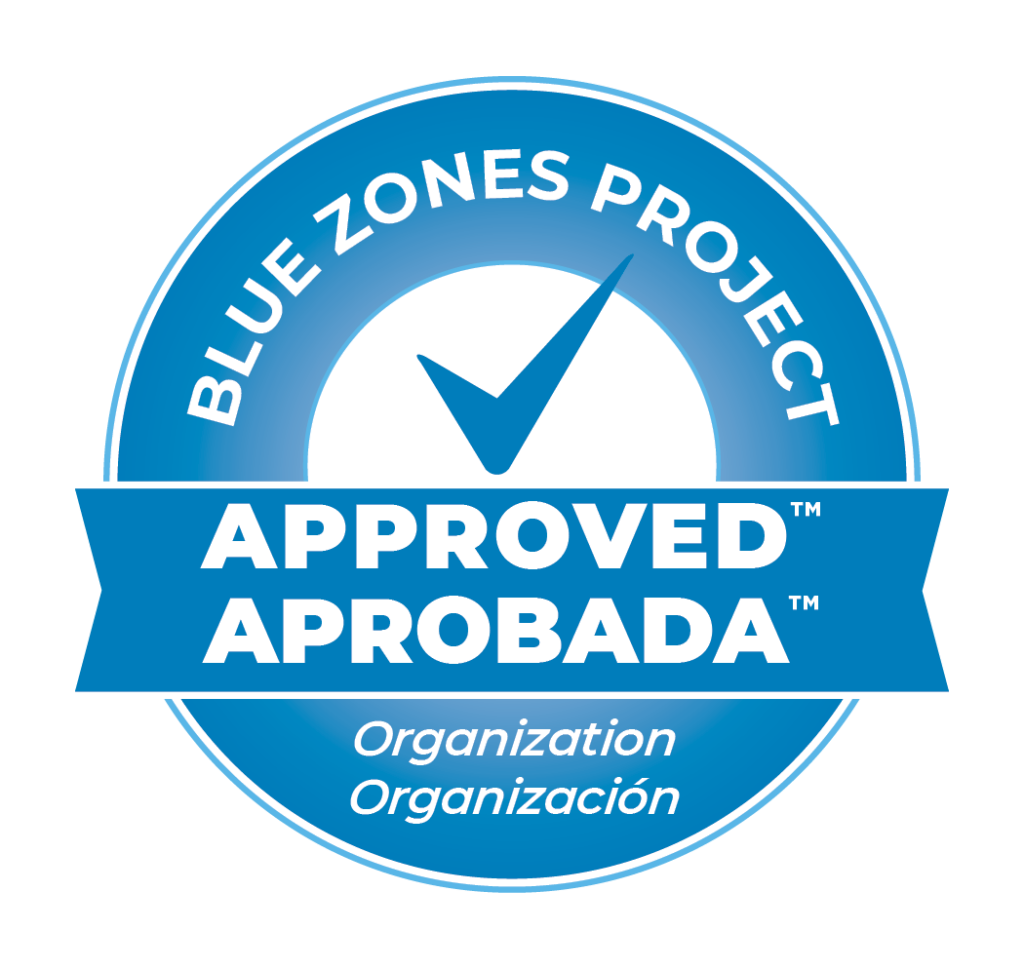
May 2021 is Mental Health Awareness Month, which is sponsored by NAMI, the National Alliance on Mental Illness, to raise awareness about mental health, fight stigma, provide support, educate the public and advocate for policies that support people with mental illness and their families. This year’s message is “You Are Not Alone,” to focus on the healing value of connecting in safe ways, prioritizing mental health, and acknowledging that it’s OK to not be OK.
With the challenging and difficult events of the past year, with many of us working and studying from home, there is no denying that feelings of stress and anxiety are at an all-time high.
According to recent data from the Centers for Disease Control (CDC), symptoms of anxiety disorder and depressive disorder increased considerably in the U.S. during the summer of last year in comparison to that same period in 2019.
Nearly 41% of respondents reported at least one adverse mental or behavioral health condition. A survey conducted by the HR Exchange network showed that employee self-reports of burnout increased from 42% pre-pandemic to 72% in August of 2020. Thirty percent of respondents said that blurring work and personal life was a major challenge. These statistics paint a harrowing picture: people are working more and feeling increasingly stressed.
Feeling some level of stress related to work is normal, but if it begins to affect your everyday mood, your personal relationships, or your mental health, it may be time to take a closer look. If you’re feeling burned out, it could be time to ask your boss for a mental health day. Familiarize yourself with your company’s leave policies before you request off —every company is different, and you want to make sure you’ve got the best chance to get your request approved.
The National Council for Behavioral Health’s website mentalhealthfirstaid.org offers some tips to help guide you through some viable options in the blog “How to Ask Your Boss for a Mental Health Day.”
- Acknowledge that you deserve the day. This will make it easier to communicate your needs to your supervisor and make your intentions clear. There is power in naming your stressors, and you’ll have a concrete idea of what you need to address during your time off.
- Consider your workplace leave policies. Laura Handrick from Choosing Therapy explains, “If your employer has 50 or more employees or you’re under federal contract, you are protected by federal labor and anti-discrimination laws that prevent your employer from penalizing you for taking time off for mental health.” Depending on your workplace, asking for a mental health day can be as simple as requesting a sick day. Familiarize yourself with your rights prior to requesting a mental health day.
- Share only what you’re comfortable with. If your workplace isn’t as receptive to employees taking time off for mental health, don’t feel the need to over-explain yourself. Simply saying you have to deal with a personal matter should do the trick. However, if you’re comfortable telling your supervisor or HR department why you’re taking the day off, you can! It helps to plan what you would like to say to your supervisor beforehand, so you are clear about what you’re asking. After your request is approved, you can start to think about what you want to accomplish or take care of on your day off.
- Remember that your day is for you. Once your request is approved, you can focus on what you need to decompress and take care of yourself. If you need to sit on the couch all day, do it! Getting outside is also a great option if the weather allows but remember that the day is specifically for you to recoup from the stressors of work.
It’s important to remember that your mental health is just as important as your physical health, so asking for a mental health day doesn’t have to be any different than asking for a regular sick day. Dr. Jesse Viner MD, CEO and Chief Medical Officer of Yellowbrick explains, “Taking a mental health day is totally your right, but the way you approach requesting it may depend on your particular workplace culture.”




